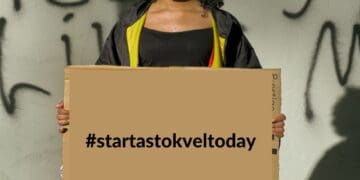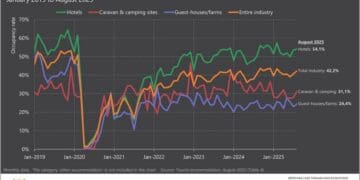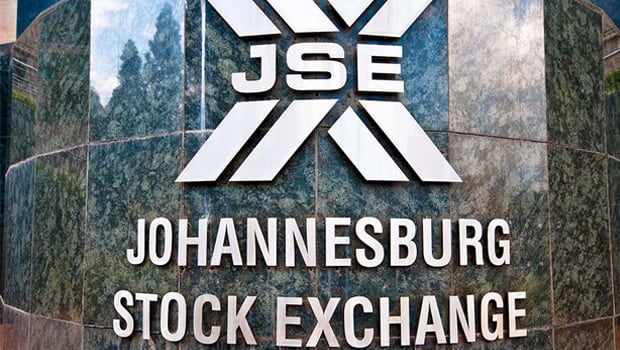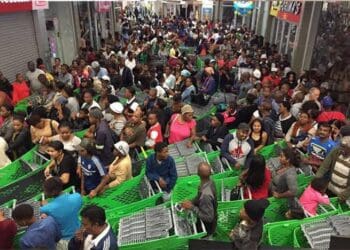Global fintech company Optasia’s decision to list on the Johannesburg Stock Exchange (JSE) has stirred cautious optimism among South African entrepreneurs who see digital finance as a potential bridge to long-denied credit access.
But while the R6.3-billion listing could expand mobile-based lending across Africa, small business owners warn that technology alone will not fix the structural barriers keeping township and rural SMEs locked out of affordable finance.
Optasia, which operates in more than 30 countries, uses artificial intelligence to extend micro-loans and airtime credit through mobile network operators and banking partners. Its upcoming JSE debut aims to strengthen its African footprint, particularly in markets like South Africa, Nigeria, and Kenya, by scaling credit access through digital channels. Company executives have described the move as a “vote of confidence” in South Africa’s fintech ecosystem and a step toward inclusive growth.
“I’ve applied for app-based loans before, but they always reject me because my business doesn’t have a credit record. We use cash, so they do not see our daily sales or expenses. The system helps people with bank accounts, not those of us in townships trying to grow from the ground up,” says Lerato Mahlangu, owner of Kasi Fresh Grocers in Vosloorus.
The National Small Business Development Strategy lists limited access to finance as one of the biggest obstacles for SMEs with fewer than 10% of small firms successfully securing loans through formal banks. Fintech platforms like Optasia and PayJustNow have been hailed as disruptors, using digital data to assess creditworthiness instead of traditional collateral. However, analysts say that digital inclusion remains uneven, particularly among women and informal entrepreneurs.
Fintech analyst Vuyo Maseko notes that while AI lending is expanding, it still relies heavily on digital visibility and transaction data.
“The problem is that a lot of township businesses do not operate digitally. They may have smartphones but no e-wallet history or online payments that the algorithm can analyse,” Maseko says. “So, while fintechs can increase the volume of micro-loans, they often miss the very market that needs them most informal traders, spaza owners, mechanics, and small-scale farmers.”
According to the South African Reserve Bank’s 2025 Financial Stability Review, mobile-based lending has grown by more than 28% since 2023, yet only a fraction of that credit goes to productive small business use. Much of it remains concentrated in consumer micro-loans and airtime advances. Experts argue that for fintech to truly drive SME growth, it must evolve from consumption credit to enterprise financing where digital loans directly support production, stock purchasing, or energy solutions for small enterprises.
The Department of Small Business Development says it welcomes fintech’s potential but cautions that “responsible digital lending must go hand-in-hand with financial education and fair pricing.”
In recent remarks, Minister Stella Ndabeni-Abrahams said “partnerships between fintechs, and government-backed SME funds are being explored to “bridge the gap between innovation and inclusion.”
For entrepreneurs like Mahlangu, such partnerships could be life-changing if they materialise.
“Even a small R5,000 loan could help me stock up or buy a new fridge,” she says. “But if it comes with high interest or red tape, it’s no different from the banks that shut us out.”
lazolazuma@vutivibusiness.co.za

























































